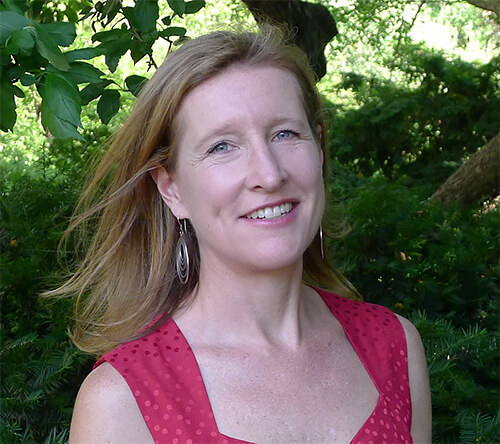Hilary began her photography career in news and travel for The Tico Times while she lived in Costa Rica in the 1990's. Over the course of seven years, she immersed herself in the culture of Costa Rica as an educator and honed her photography skills.
In 2000, Hilary graduated from the International Center of Photography's Documentary/PJ Program and later assisted the Maine Photo Workshops in Havana, Cuba. Compelled to share photography with local youth, she developed a photo library and directed the Havana Youth Photo course in 2003—sharing her passion for photography and educating a younger generation.
As a recipient of the ICP/Johnson & Johnson Fellowship in 2002 and 2004, Hilary completed assignments for Johnson & Johnson's corporate social responsibility at the U.S.-Mexico border, then India and Vietnam. This led to subsequent assignments for NGOs in the U.S., Asia, Latin America, the Caribbean and tsunami-affected regions.
Hilary's international work and experience provided the opportunity to document the plight and rehabilitation of street children for Covenant House/Latin America. Her project Young Lives at Risk on the Streets was featured on Media Voices for Children, PhotoPhilanthropy and socialdocumentary.net. These collaborations have allowed Hilary to strengthen her passion as a socially concerned photographer and led to a permanent exhibit at Covenant House Headquarters in New York City.
In addition, Hilary has exhibited in Costa Rica, Cuba, Guatemala and the U.S. And her stock photography has been represented in Aurora, Corbis and the National Geographic Image Collection.
Hilary's curiosity, honesty, compassion and cultural sensitivity are reflected in her imagery.
